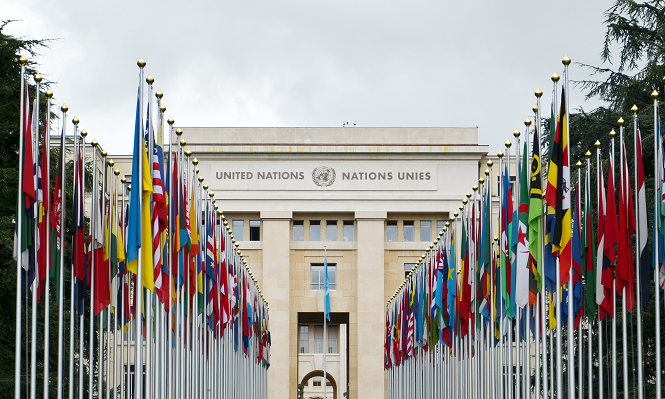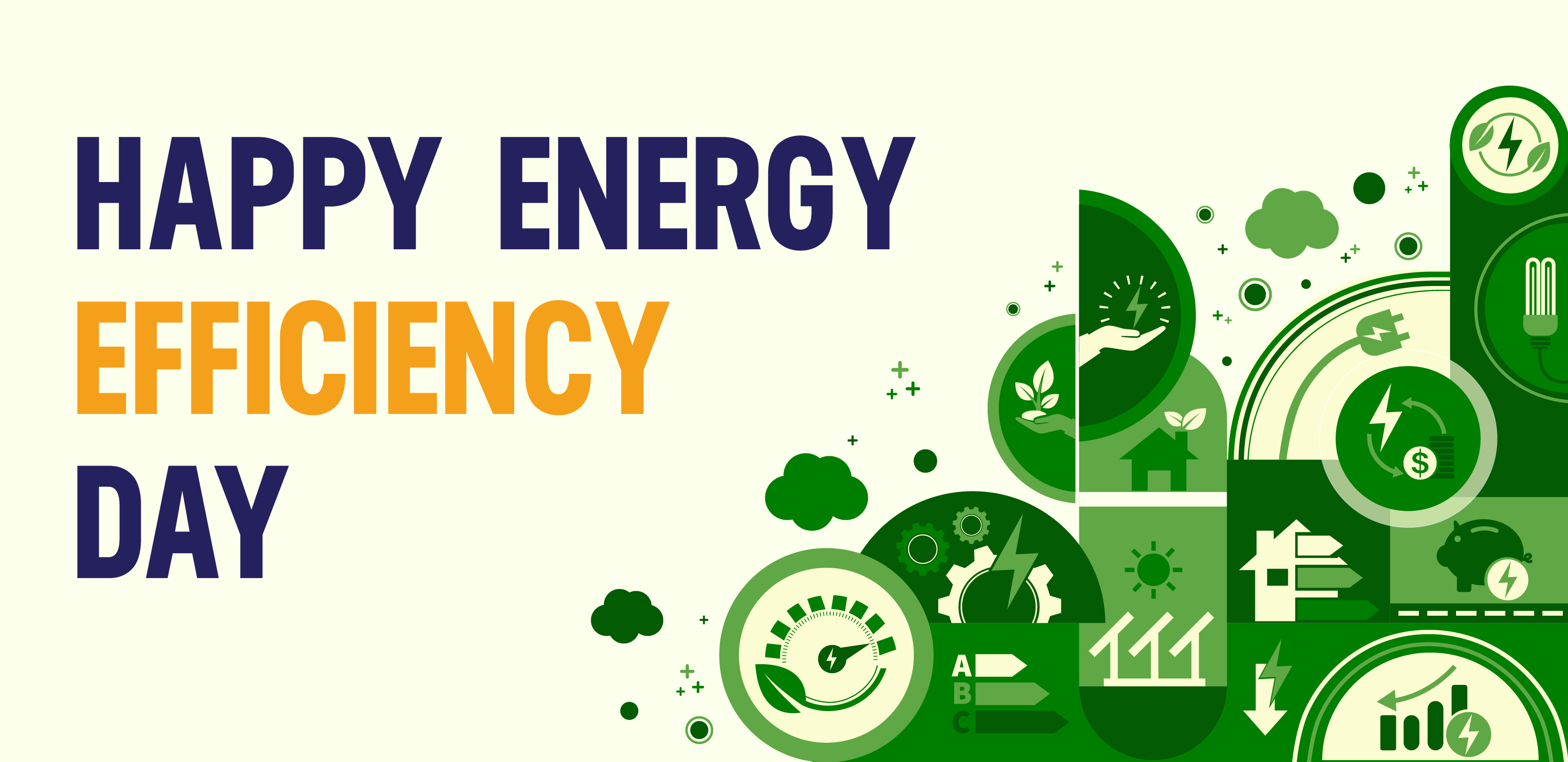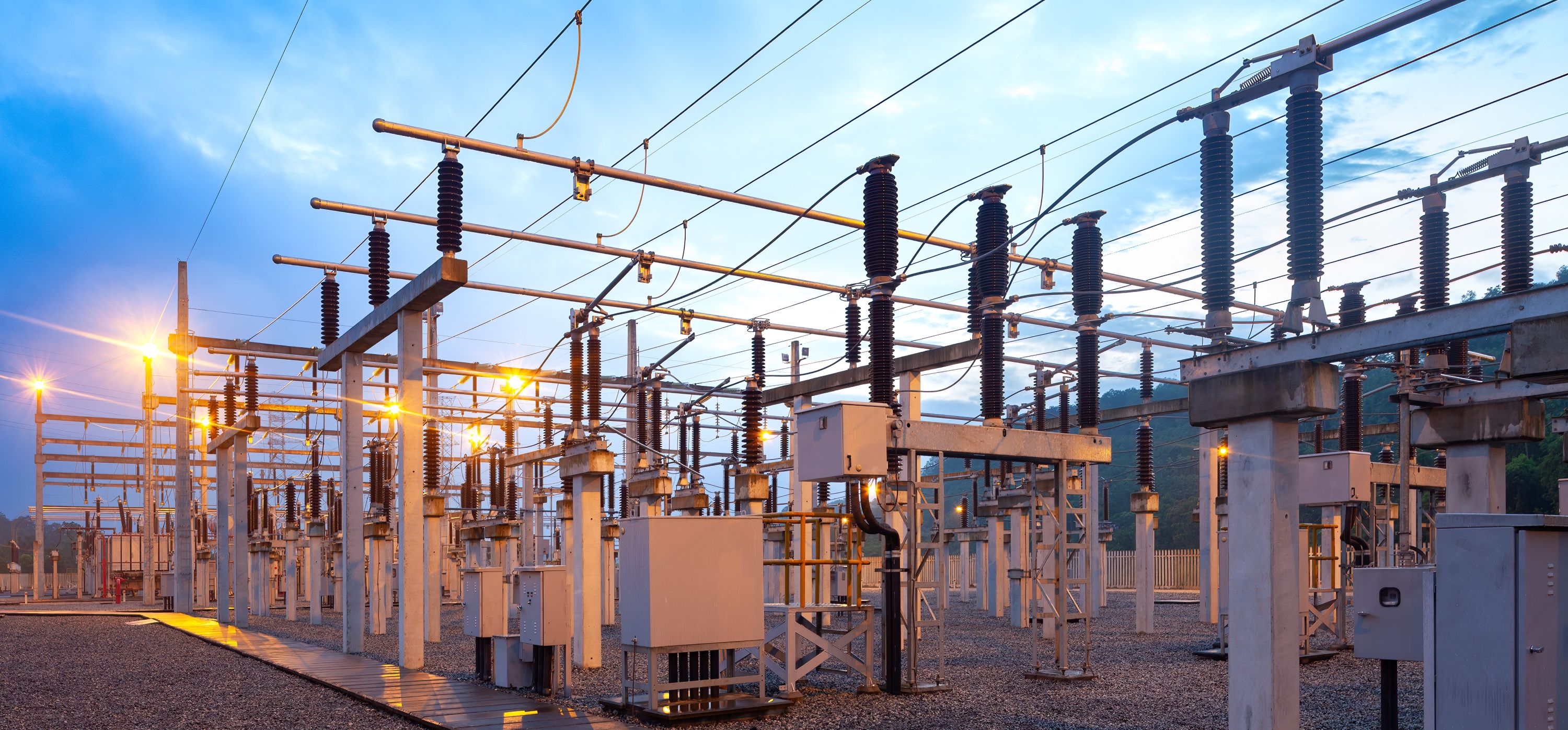We Read the UN Panel's Big Climate Report to Find What it Says on Energy Efficiency So You Don't Have To
Let's Save Energy
Alliance to Save Energy's Blog

Last week, the United Nations’ Intergovernmental Panel on Climate Change, a scientific body that assesses the implications of climate change, released a somber Special Report on Global Warming of 1.5°C. The report, authored by 91 scientists hailing from 40 nations, is blunt: limiting warming to 1.5°C will require nothing short of “transformative systemic change” (p. 4-5).
Ante up. Almost all countries need to significantly raise their level of ambition to achieve what the report calls the “1.5°C-consistent pathway” (p. 2-6). Among the actions needed to reduce greenhouse gas emissions, the authors believe that “aggressive policies addressing energy efficiency are central in keeping 1.5°C within reach and lowering energy system and mitigation costs” (p. 2-75). And they say that investment in energy efficiency technologies would “need to approximately double in the next 20 years” (p. 2-5).
The Panel points to the potential for energy efficiency to reduce emissions in heavy industry, buildings, and transportation:
- Industry: The report identifies industry as the largest emitting sector in terms of end-use energy and emissions. While the task of cleaning up the sector is large, it is not impossible: The report cites an International Energy Agency estimate that energy efficiency measures could contribute 42% of needed CO2 reductions in the sector, in one scenario (p. 2-62). The report says that using advanced management practices such as energy management systems and enacting policies to accelerate adoption of best available technology are critical for “reaping energy efficiency potentials” (p. 2-62). The report also points to demand-side management strategies, such as load shifting, to capitalize on low-carbon electricity generation.
- Buildings: The authors found that, within buildings, the largest energy savings potential is in heating and cooling, through improvement to building envelopes and the deployment of highly efficient and renewable equipment (p. 2-63). The building sector presents a unique challenge with its long-standing infrastructure. Because of this trait, the report warns of “lock-in” of energy-intensive buildings – both in the construction of new buildings, typically in developing countries, and in the retrofits of existing buildings in developed nations (p. 2-64). Aside from the effects of building envelope measures, adoption of energy-efficient technologies such as heat pumps and light-emitting diodes will also be crucial components for reducing energy consumption.
- Transportation: The report finds that 1.5°C-consistent scenarios will depend on “an almost 40% reduction in final energy use by the transport sector by 2050” (p. 4-29). (The Alliance’s recent 50x50 Commission report calls for a 50% reduction in energy use in U.S. transportation by 2050). Energy efficient vehicles and fuel switching are two critical means to achieve “deep emissions reductions” in the sector (p. 2-65). Moreover, behavior-centric solutions such as mode-shifting and travel demand management will play a role in reducing energy use (p. 2-65).
In its signature dry tone, the Panel presents the big picture of the role of energy efficiency for avoiding the catastrophic climate impacts it outlines: “Energy-demand reduction measures are key to reduce CO2 emissions from end-use sectors for low-carbon pathways” (p. 2-58). Let’s get to it.
STAY EMPOWERED
Help the Alliance advocate for policies to use energy more efficiently – supporting job creation, reduced emissions, and lower costs. Contact your member of Congress.
Energy efficiency is smart, nonpartisan, and practical. So are we. Our strength comes from an unparalleled group of Alliance Associates working collaboratively under the Alliance umbrella to pave the way for energy efficiency gains.
The power of efficiency is in your hands. Supporting the Alliance means supporting a vision for using energy more productively to achieve economic growth, a cleaner environment, and greater energy security, affordability, and reliability.



